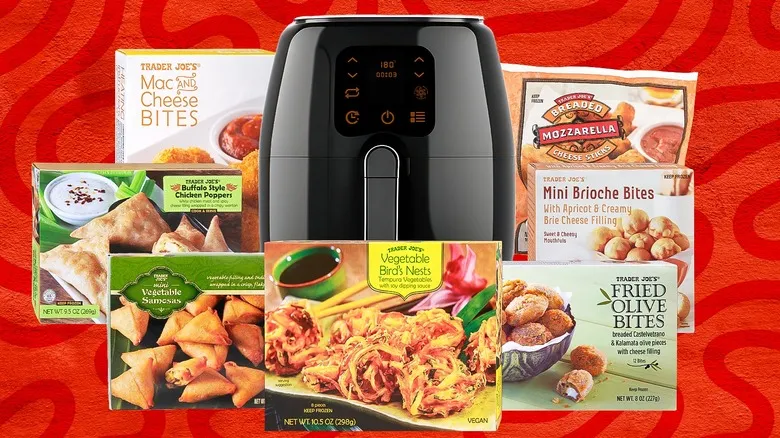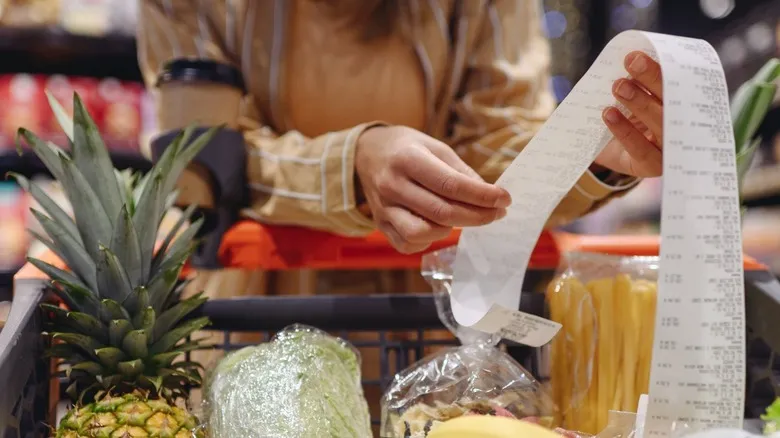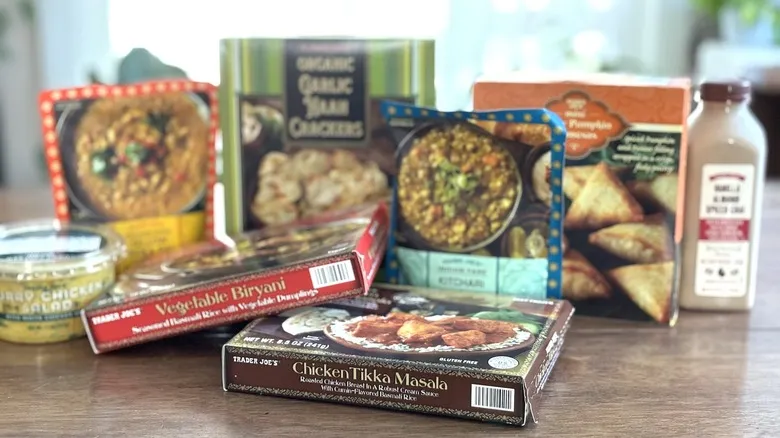A close look at the costs

Third Way, a nonprofit think tank advocating for center-left policies, examined various food and big-box store products to estimate how potential price hikes might occur following the implementation of tariffs on foreign imports. For instance, the price of coffee is projected to rise from $6.70 to $6.93, an increase of $0.23 per pound. Imported beer is expected to go up from $10.87 to $11.20, adding $0.33 to its cost. The price of avocados will increase from $7.58 to $7.83 for 2 pounds, reflecting a $0.25 rise. Additionally, frozen beef prices will climb by $1.09 for every 3 pounds, with pre-tariff prices starting at $26.67 and post-tariff prices reaching $27.76, according to Third Way's findings.
The situation is similarly grim at big-box retailers, which are large stores (often 50,000 square feet or more) that sell a wide range of products, such as Walmart and Target. Non-food items purchased at these outlets are expected to see at least a 15% price increase. For example, over-the-counter medications will rise from $11.81 to $12.21, while ceramic dishware will jump from $46.66 to $56.01 per unit.
The economy and the election

The economy significantly influenced the 2024 election. According to the Pew Research Center, prices for items such as margarine, frozen juices, carbonated drinks, cooking oils and fats, and certain brands of peanut butter have surged by approximately 50% since 2020. However, it was the staggering 94% increase in egg prices in 2023 that had a particularly strong impact on consumers' wallets and, consequently, their voting decisions.
While the rise in prices clearly affects voters' personal finances, the impending tariffs carry even wider ramifications. For instance, imposing tariffs on Mexican goods would breach the 2020 United States-Mexico-Canada Agreement (USMCA). Such tariffs could also trigger retaliatory measures on U.S. exports. The European Union, for example, imposed a 25% tariff on American whiskey in response to tariffs on steel and aluminum imports from the EU in 2018. Additional tariffs on various U.S. spirits followed in subsequent years, as reported by the Distilled Spirits Council.
Overall, the new tariffs on imports could complicate efforts for Americans to save on food expenses, regardless of their budgeting skills.
Recommended

Your Yogurt Parfaits Deserve Only The Best Grocery Store Granola

13 Trader Joe's Appetizers That Are Perfect For The Air Fryer

The Grocery Store Barbecue Sauce We Can't Get Enough Of

3 Tips To Help You Avoid Buying Subpar Balsamic Vinegar
Next up





